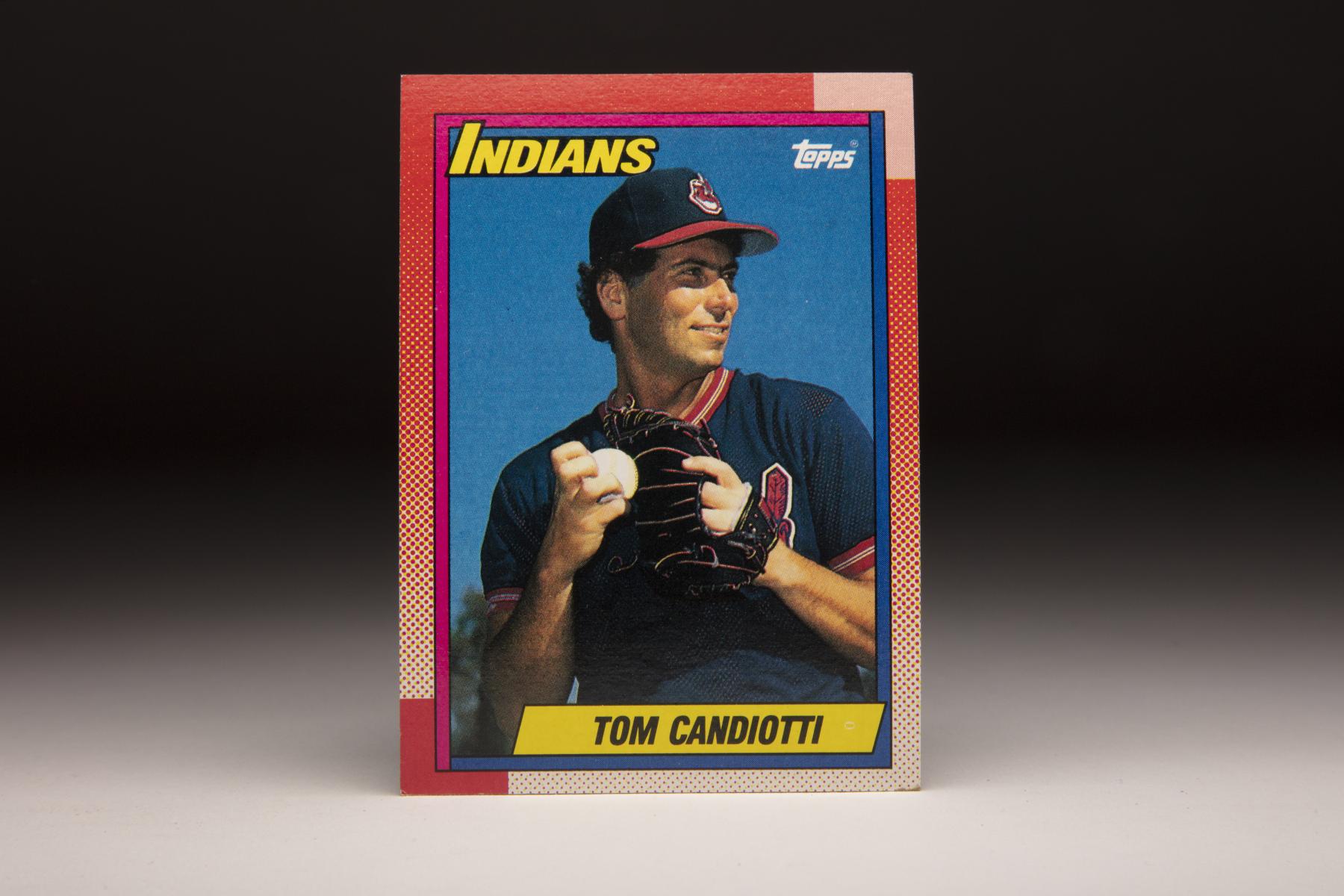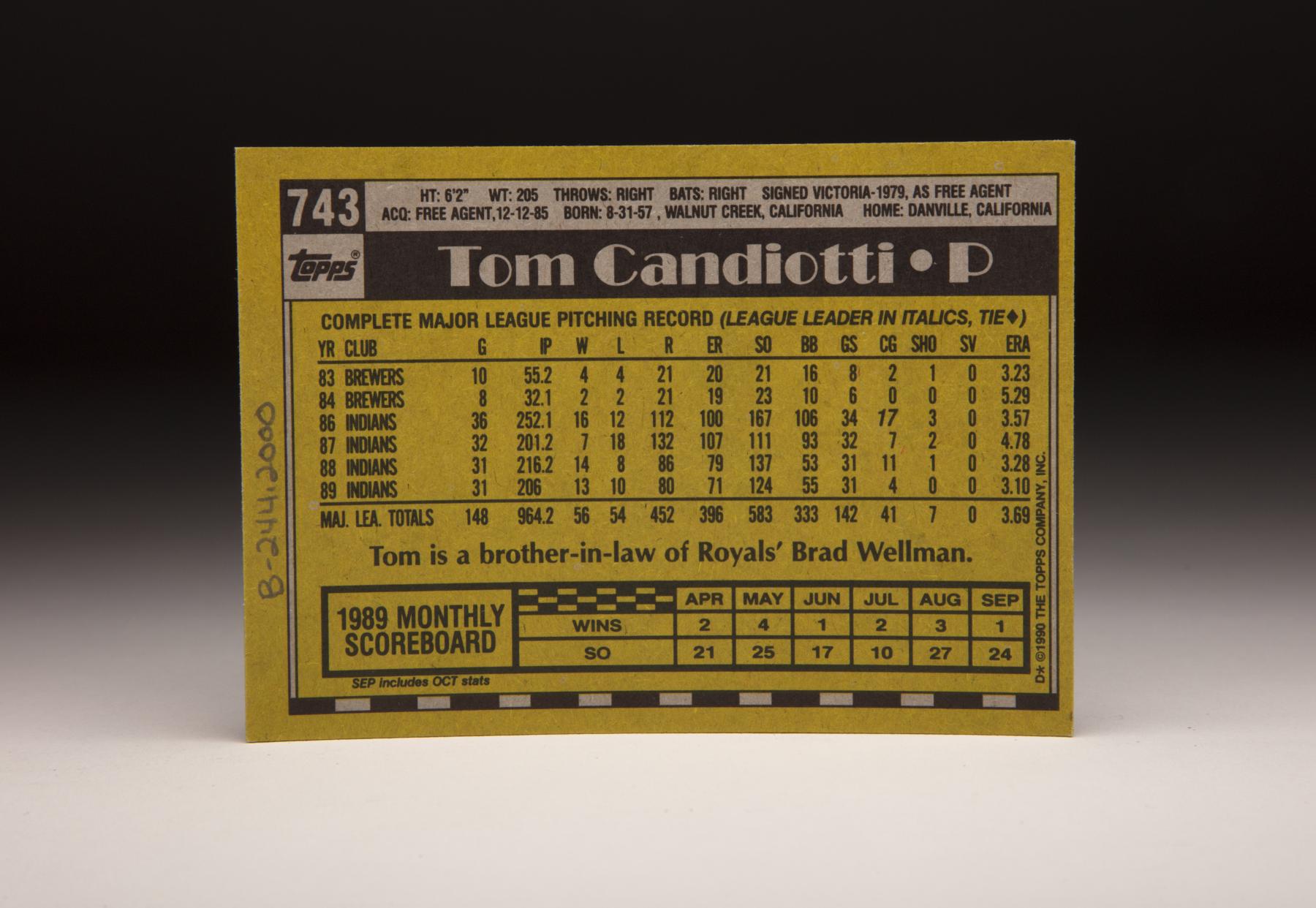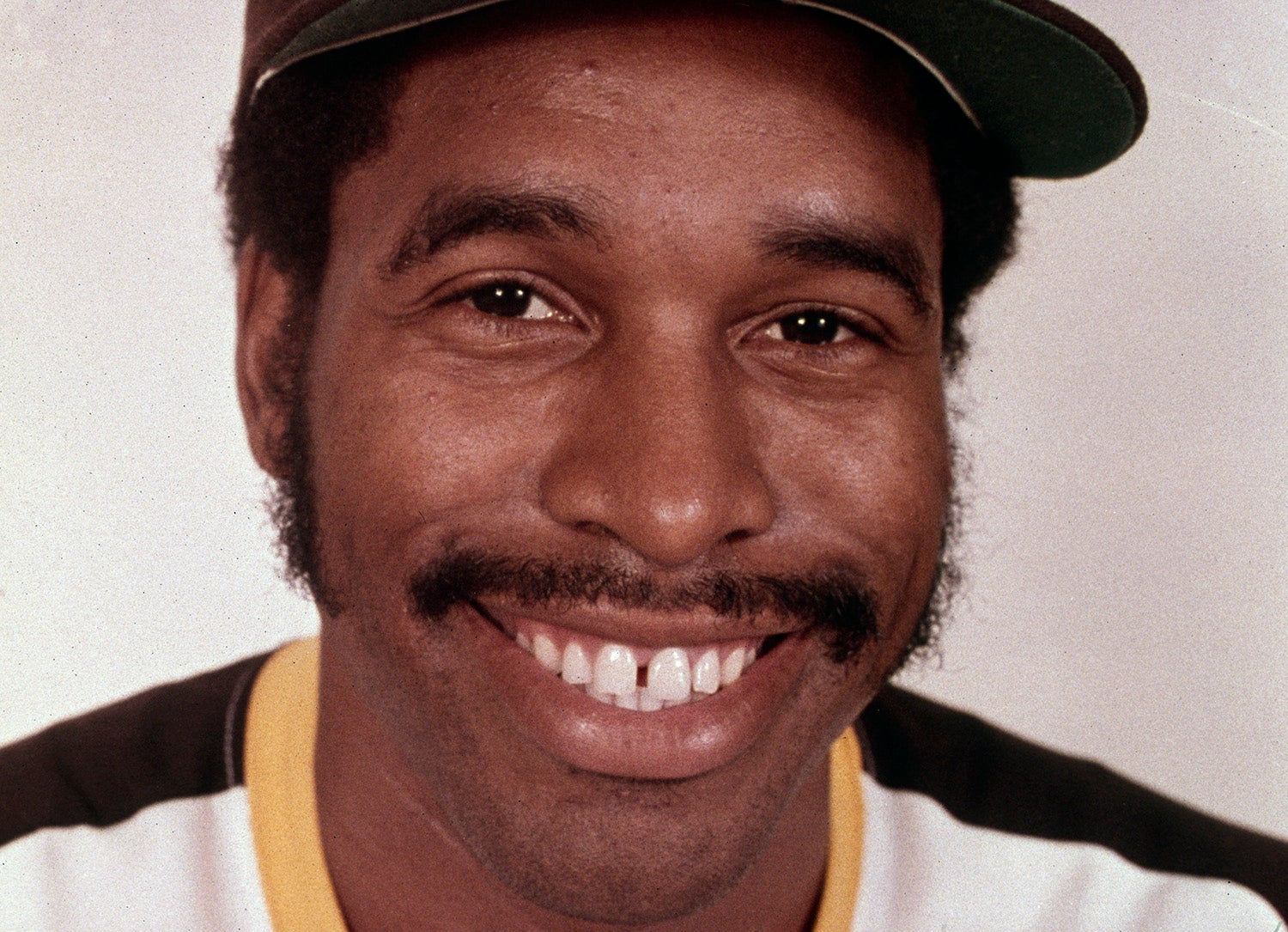- Home
- Our Stories
- #CardCorner: 1990 Topps Tom Candiotti
#CardCorner: 1990 Topps Tom Candiotti
Tom Candiotti appeared to be on his way out of baseball when a joke aimed at his catcher turned into a pitch few big leaguers could hit.
That pitch, a knuckleball, produced nine 200-inning seasons for Candiotti – who along the way became one of the most successful hurlers in the game.
Born Aug. 31, 1957, in Walnut Creek, Calif., Thomas Caesar Candiotti was a star pitcher for Concord High School but went undrafted when he graduated in 1974. He continued his career just down the road at St. Mary’s College, however, and was starting on the mound regularly by the spring of 1975.
But overuse sidelined him for his senior season, and after an injury redshirt he returned for the 1978-79 campaign but attracted little attention despite a 38-11 career record with the Gaels. So after all 26 MLB teams again bypassed him the draft, Candiotti drove to Victoria, British Columbia, for a tryout with the independent Victoria Mussels.
“A lot of times you can look at a young pitcher and say: ‘This guy has a chance, this could be the one,’” Bill Bryk, a longtime scout and the Mussels manager, told the Los Angeles Times. “Tom wasn’t one of those guys. I only gave him a tryout because I give everybody a tryout. He only threw about 82 mph. He only made the team because he threw strikes.”
Official Hall of Fame Merchandise
Hall of Fame Members receive 10% off and FREE standard shipping on all Hall of Fame online store purchases.
Candiotti went 5-1 with a 2.44 ERA that summer despite living in the clubhouse for much of the time. On Jan. 5, 1980, the Royals took a low-risk gamble and signed Candiotti as an amateur free agent. He pitched at Class A and Double-A in 1980, going 10-10 with a 2.63 ERA.
But the Royals didn’t consider Candiotti a top prospect. And at the 1980 Winter Meetings, the Brewers selected Candioitti in the minor league version of the Rule 5 draft.
At Double-A El Paso in 1981, Candiotti was 7-6 with a 2.80 ERA over 119 innings. But following the season, Candiotti became the ninth pitcher to undergo Tommy John surgery by Dr. Frank Jobe.
“I’ll never forget (Jobe) holding my elbow and saying, ‘Are you a prospect?’” Candiotti told the Los Angeles Times.
After sitting out the 1982 campaign while rehabbing his elbow, Candiotti returned in 1983 and made it to the big leagues after effective stints with El Paso and Triple-A Vancouver. Debuting with the Brewers on Aug. 8, Candiotti – then regarded as a curveball specialist – made 10 appearances down the stretch, going 4-4 with a 3.23 ERA and allowing just one earned run over his first 18 innings of work.
Candiotti then pitched in the Puerto Rican winter league and came to Spring Training in 1984 with a chance to make the roster. But he was sent back to Triple-A before the Brewers recalled him July 13 after he went 8-4 with a 2.89 ERA in 15 starts for Vancouver.
Candiotti made three starts before landing on the disabled list with shoulder tendinitis then made five more appearances in September, finishing the year with a 2-2 mark and 5.29 ERA with the Brewers.
Then during Spring Training in 1985, Candiotti was warming up with catcher Bill Schroeder when he remembered a practical joke he played on Schroeder in 1983. Without warning during a Triple-A game, Candiotti threw a knuckleball.
“I had a small glove on, and the thing nearly killed me,” Schroeder told the Los Angeles Times. “I was stuck until the end of the inning. Balls were hitting me everywhere.”
Candiotti pulled the same prank in 1985 – but this time manager George Bamberger and front office executive Sal Bando saw it and called Candiotti into the manager’s office. They asked Candiotti if he’d be willing to try it in the minors.
With little to lose, Candiotti began mixing the knuckler into his repertoire and went 10-13 with a 3.75 ERA in Double-A and Triple-A that year. But the Brewers did not believe there was a future for him and allowed him to become a free agent following the season.
On Dec. 12, 1985, Candiotti signed a minor league deal with the Indians. Team executives told him to throw the knuckleball as much as possible.
“Until he learned the knuckleball, Candiotti was the classic Triple-A pitcher,” Indians general manager Joe Klein told the Akron Beacon Journal. “He was good enough to get them out in the Pacific Coast League but up here his stuff was just a little short.”
Reluctantly, Candiotti relented.
“For me, it was almost an admission of failure to start throwing the knuckleball,” Candiotti told the Beacon Journal. “It meant I couldn’t get a hitter out with my best stuff. I couldn’t throw hard enough, I didn’t have a good enough curve, or whatever.”
But Candiotti found a mentor on the Indians in 47-year-old Phil Niekro, who had translated his knuckler into a Hall of Fame career. Niekro didn’t teach Candiotti the knuckleball – Candiotti’s grip featured a unique three-finger approach – but Niekro did help Candiotti with the mental approach to the game.
“Want to talk about guts? It takes something inside to be facing a big, strong guy like Dave Winfield and be willing to throw the ball 55 miles per hour at him,” Niekro told the Beacon Journal. “And remember this: You know what you’re going to throw, the hitter knows…hey, the whole world knows. The courage is going ahead and throwing it.”
Candiotti still worked an occasional curve and fastball into his sequences but rode the knuckler to a 16-12 record and 3.57 ERA in 1986, posting an AL-best 17 complete games.
“If he stays with it,” Niekro said, “Candiotti can pitch 200 innings a year, year after year, for a long time.”
Niekro proved correct – though 1987 was a tough one for Candiotti and the Indians. Picked by many to win the AL East, Cleveland went 61-101 and Candiotti was 7-18 – tying Niekro and Scott Bailes for the team lead in wins – with a 4.78 ERA. But Cleveland stuck with Candiotti and was rewarded the following season when he went 14-8 with a 3.28 ERA. After walking 106 batters in 1986 and 93 in 1987, Candiotti cut his free passes to 53 as he learned to harness – as best as possible – the knuckleball.
“What everyone should realize is that he is a great competitor who doesn’t even need the knuckleball all the time, or even most of the time,” said John Hart, who managed the Indians for part of the 1989 season before becoming the team’s general manager in 1991. “He’s a guy who can drop a curveball on you and fool you that way. He’s a good pitcher, period.”
Candiotti was good again in 1989, going 13-10 with a 3.10 ERA. He followed that up with a 15-11 mark and 3.65 ERA in 1990, firmly establishing himself as one of the most dependable pitchers in the game. But in 1991, Hart and the Indians committed to a full rebuild. Candiotti, who was slated to become a free agent following the season, was suddenly one of the most valuable trade pieces in all of baseball.
On June 27, the Indians traded Candiotti and Turner Ward to the Blue Jays – who were making a push for their second AL East title in three seasons – for prospects Denis Boucher, Glenallen Hill and Mark Whiten.
Candiotti moved into the hotel at SkyDome and enjoyed pitching for a contender.
“I’d go to work every day with the maids and the garbage men on the service elevator,” Candiotti told the Los Angeles Times. “The only bad thing was that McDonald’s (at SkyDome) wanted 12 bucks for a quarter pounder, fries and a Coke.”
Candiotti was 7-6 with a 2.24 ERA in 15 starts at the time of the trade, then went 6-7 with a 2.98 ERA with Toronto. The Blue Jays won the AL East and Candiotti was tabbed to start Game 1 of the ALCS vs. the Twins – but he was tagged for five earned runs in 2.2 innings in his first postseason action in a game Toronto lost 5-4. He returned to start Game 5 and was more effective, allowing only two earned runs over five innings. He exited the game in the top of the sixth with Toronto leading 5-2 – but the Twins scored three runs off reliever Mike Timlin to tie the contest before eventually defeating the Blue Jays 8-5 to take the series in five games.
It was later reported that Candiotti was hesitant to throw the knuckler against the Twins because Blue Jays catcher Pat Borders was not yet adept at catching it.
But Candiotti didn’t have long to wait before getting some good news. On Dec. 3, the Dodgers signed him to a four-year deal worth a reported $15.5 million.
“The knuckleball has gotten better each year, and last year it finally game together,” Candiotti told the Los Angeles Times. “I know they haven’t seen it in the National League for a while; you’ve got to think it’s going to be tough for the hitters. At least, I hope so.”
NL hitters did struggle against Candiotti in 1992, hitting just .237 with a .297 on-base percentage and a .347 slugging percentage. But the Dodgers struggled to a 63-99 mark and Candiotti was left with an 11-15 record (the most losses in the NL) despite a 3.00 ERA and a strikeouts-per-nine-innings mark of 6.7 that was seventh in the league.
Candiotti posted similar numbers in 1993, going 8-10 with a 3.12 ERA over 213.2 innings. Then in 1994, Candiotti failed to reach the 200-inning mark for the first time since he became a full-time starter as the strike truncated the season. He finished at 7-7 with a 4.12 ERA – but the Dodgers posted a winning record at 58-56 and looked poised to compete going forward.
In 1995, Candiotti was part of a formidable rotation that also featured Ramón Martínez, Ismael Valdéz and Hideo Nomo as the Dodgers won the NL West for the first time in a completed season since 1988. Candiotti went just 7-14 but his ancillary numbers (a 3.50 ERA over 190.1 innings pitched) were in line with his usual output. But he did not appear in the NLDS vs. the Reds as Cincinnati swept the Dodgers in three straight games.
With his contract expired, Candiotti was again a free agent. But the Dodgers quickly re-signed him to a two-year deal with $6 million, banking on the durability that permitted Candiotti to make every scheduled start in his four previous seasons.
Only an occasional fingernail problem seemed to bother him.
“My biggest concern is splitting one of my fingernails,” Candiotti told the Daily Breeze of Torrance, Calif. “People (send me) all kinds of nail products, nail hardener…One guy even sent me hoof builder, which they use on racehorses.”
But at 38 years old starting the 1996 season, time began to catch up with Candiotti. He went 9-11 with a 4.49 ERA, failing to record 100 strikeouts for the first time since 1984. The Dodgers moved him into a spot starter/reliever role in 1997, and Candiotti went 10-7 with a 3.60 ERA.
A free agent once again, Candiotti signed a two-year deal with Oakland, returning home for a reported $3 million. He posted his ninth 200-inning season but was 11-16 – the most losses in the AL – with a 4.84 ERA.
After 11 starts in 1999, the A’s released Candiotti on June 16. Two weeks later, he hooked on with the Indians – who were now an AL powerhouse. He appeared in seven games, going 1-1 with an 11.05 ERA before being released on Aug. 2. A left knee injury that eventually required surgery hampered him all year.
He signed a deal with the Angels in January of 2000 but was released on the eve of the regular season, ending his big league career. He took a job with the Indians front office that year before transitioning into broadcasting, where he has worked for ESPN, the Blue Jays and the Diamondbacks.
One of fewer than two dozen knuckleballers who have pitched at least four years in the big leagues, Candiotti finished his career with a record of 151-164 with a 3.73 ERA. But for a pitcher that was on the verge of being released before his big league career really got started, Candiotti was grateful that the capricious knuckleball gave him 16 years in the limelight.
“I hate losing,” Candiotti said. “But I know there are going to be some days where I look like I have no idea what I’m doing. That’s a given.”
Craig Muder is the director of communications for the National Baseball Hall of Fame and Museum
Related Stories
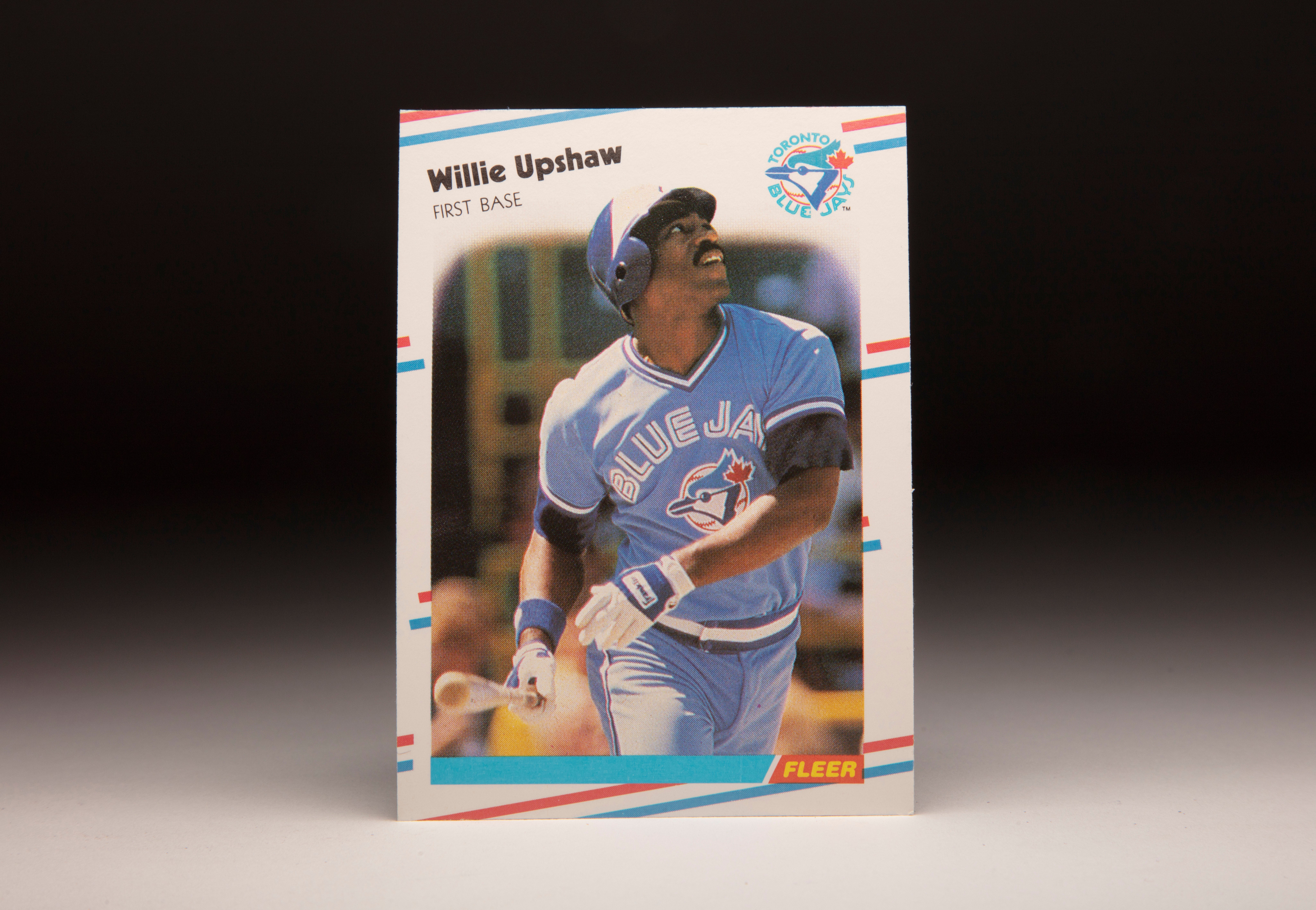
#CardCorner: 1988 Fleer Willie Upshaw
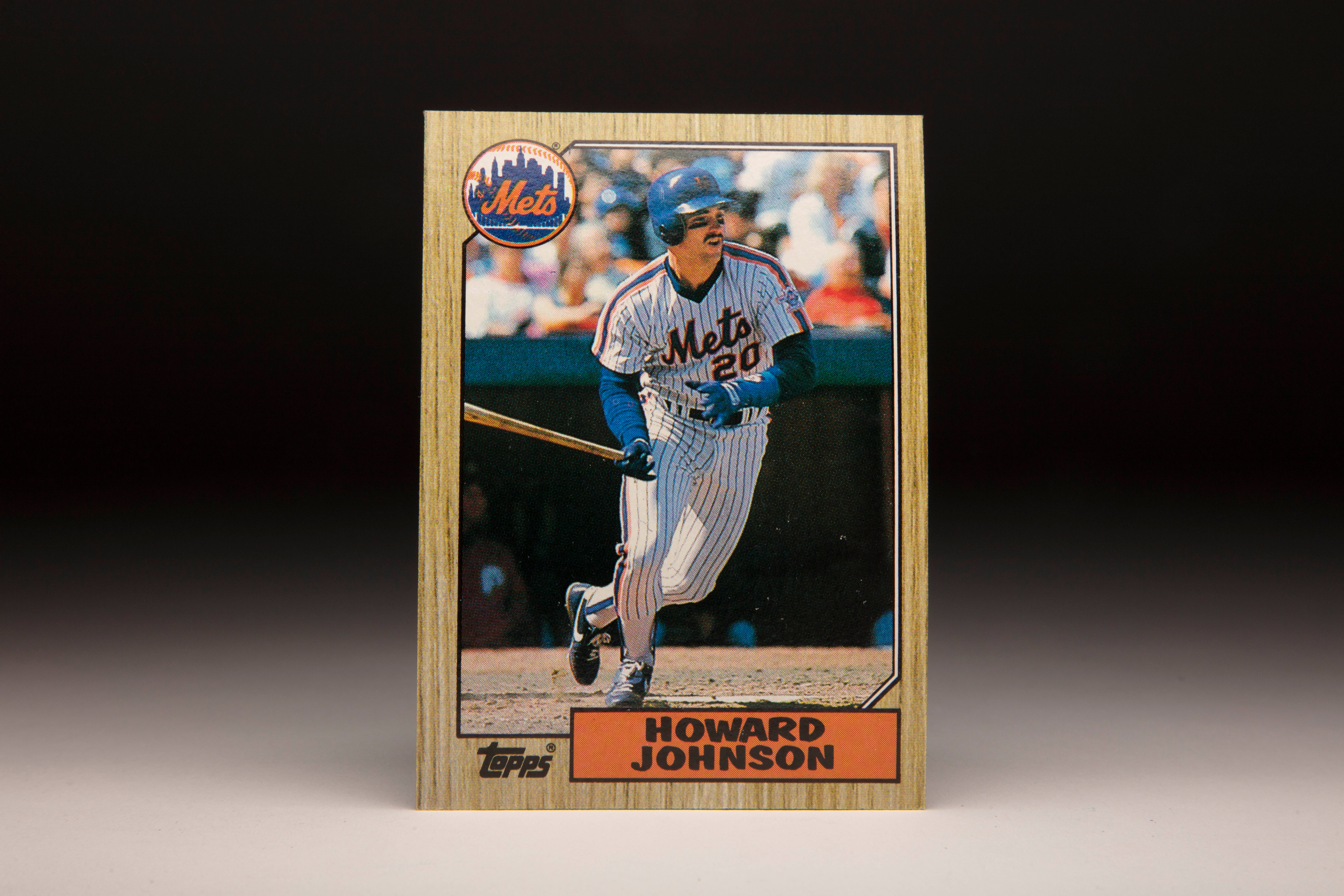
#CardCorner: 1987 Topps Howard Johnson
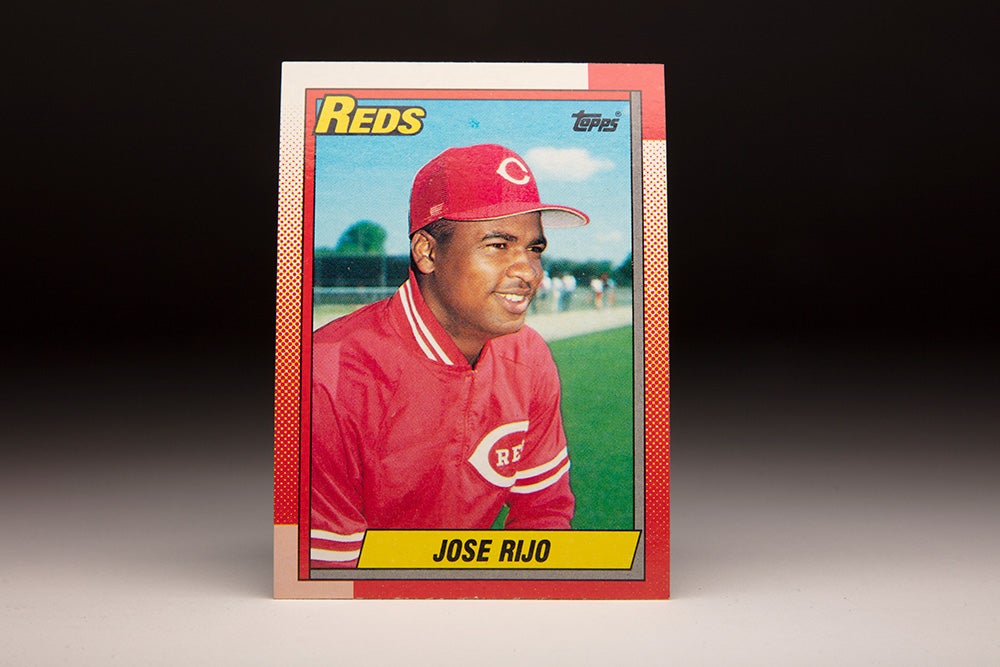
#CardCorner: 1990 Topps José Rijo
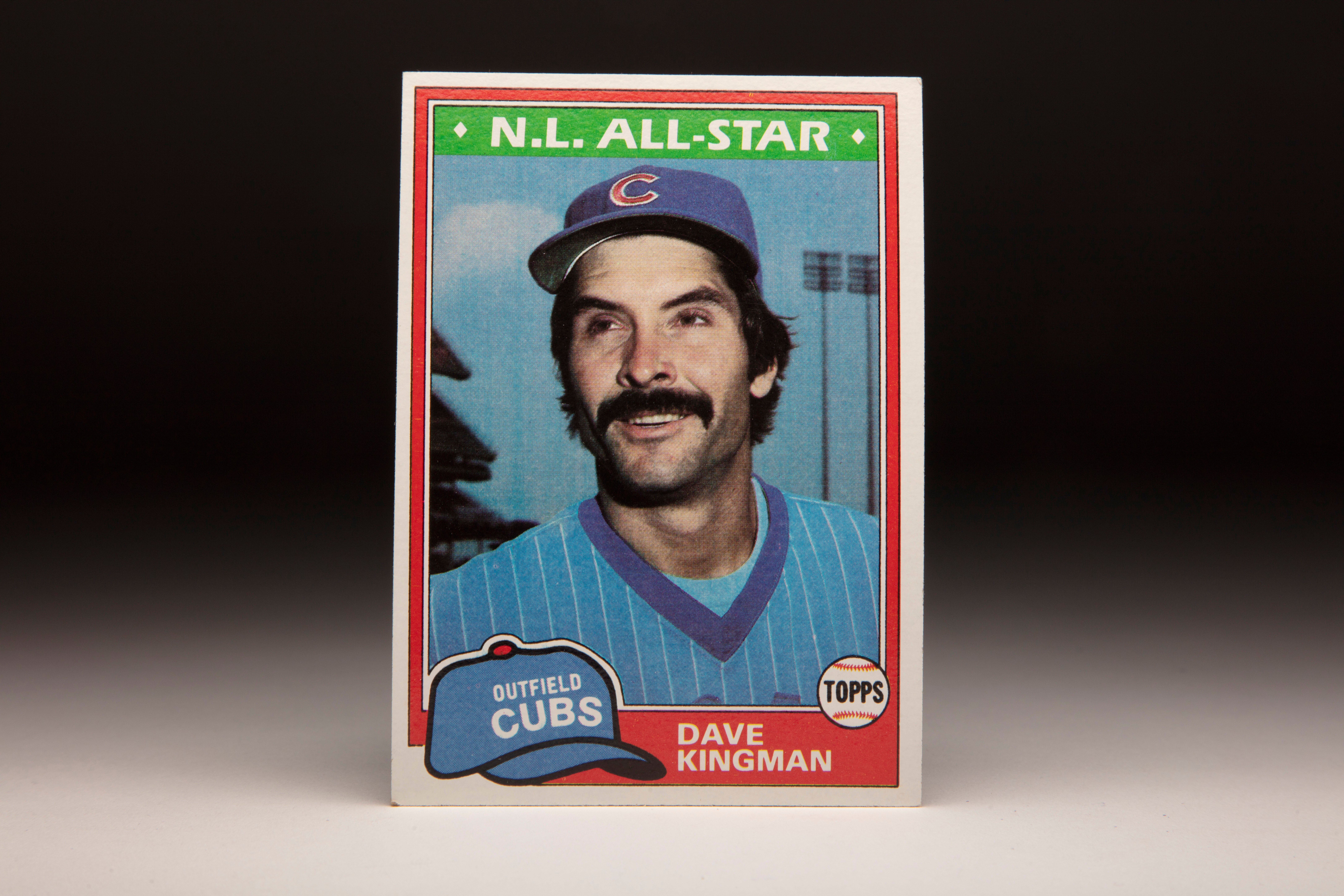
#CardCorner: 1981 Topps Dave Kingman

#CardCorner: 1988 Fleer Willie Upshaw

#CardCorner: 1987 Topps Howard Johnson

#CardCorner: 1990 Topps José Rijo


